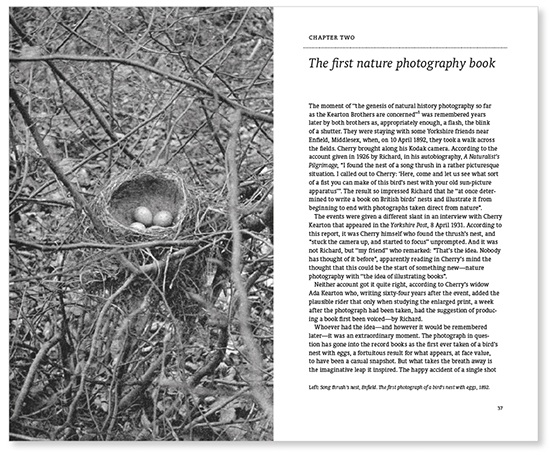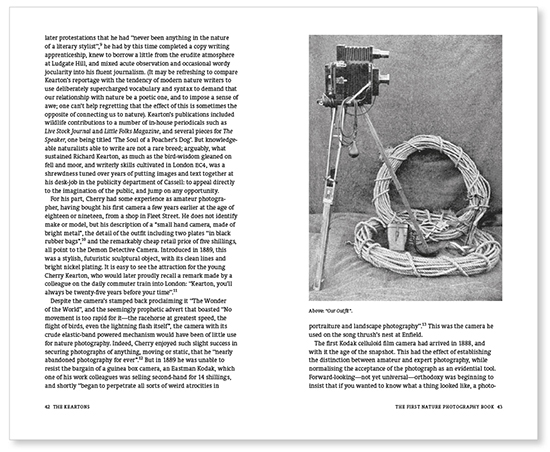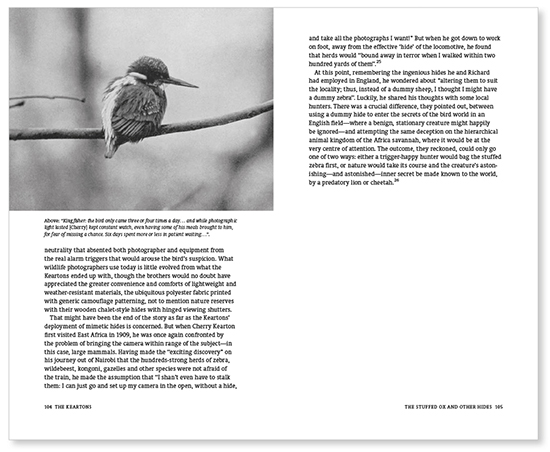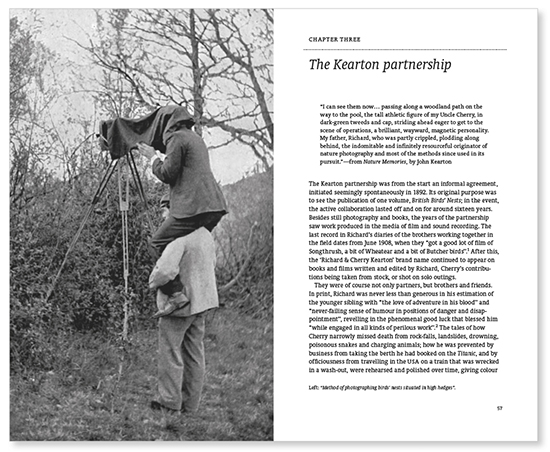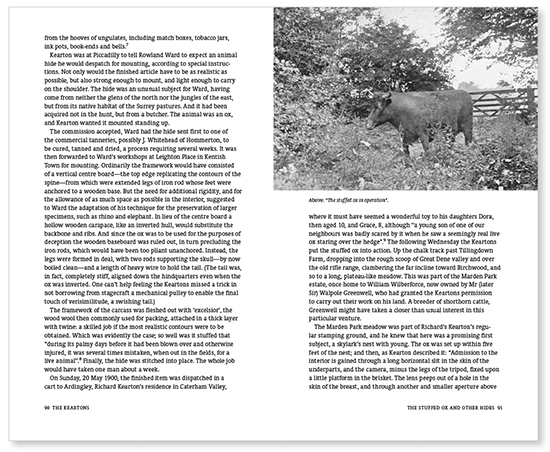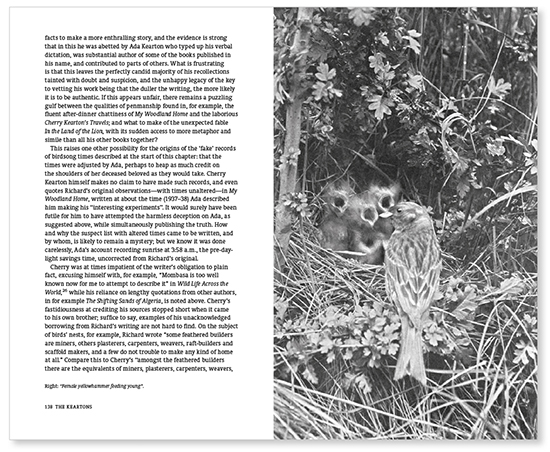I am currently researching the last photograph in this album - William Blackmore and Red Cloud, taken by Alexander Gardner in 1872.
I stumbled across this site and a very interesting blog from 2014 in which Kevin J McCann was researching an aspect of the William Blackmore Collection and both Paula Richardson Fleming and Antony Hamber contributed.
I am hoping that they might be able to answer some questions I have. I am awaiting the arrival of Antony Hamber's biography of William Blackmore and have consulted and enjoyed Paula Richardson Fleming's books on the Shindler Collection and Native American photography at the Smithsonian.
So I am trying to discover:
1 Why did William Blackmore choose to be photographed with Red Cloud? Was William Blackmore part of the 1872 delegation? If so, why, as he wasn't American.
2 Is it certain that Alexander Gardner took this photograph?
3 Was this album of photographs entirely of Red Cloud?
4 Is the negative of the photograph in the Smithsonian?
5 When was the last copy made?
And specifically for Paula if she happens to read this blog:
1 What year did you come to the British Museum to research with Harry Persaud?
2 Did the Blackmore Collection include photographs from the Shindler Catalogue?
3 What state was the Blackmore Collection in when you began to catalogue and digitize it? Had it been touched since arriving at the British Museum in the 1930s?
4 To confirm: Blackmore had the photographs copied for the Smithsonian before the albums were sent to his museum in Salisbury. How many albums were sent?
5 It would be very helpful if you have any more information about the William Blackmore meets Red Cloud photograph. I had a very fruitful afternoon of research at the British Museum archive, but info on this particular photograph is elusive as it wasn't part of the Shindler Catalogue.
Any help on the above questions gratefully received! Thankyou!
Suzy Quinn

